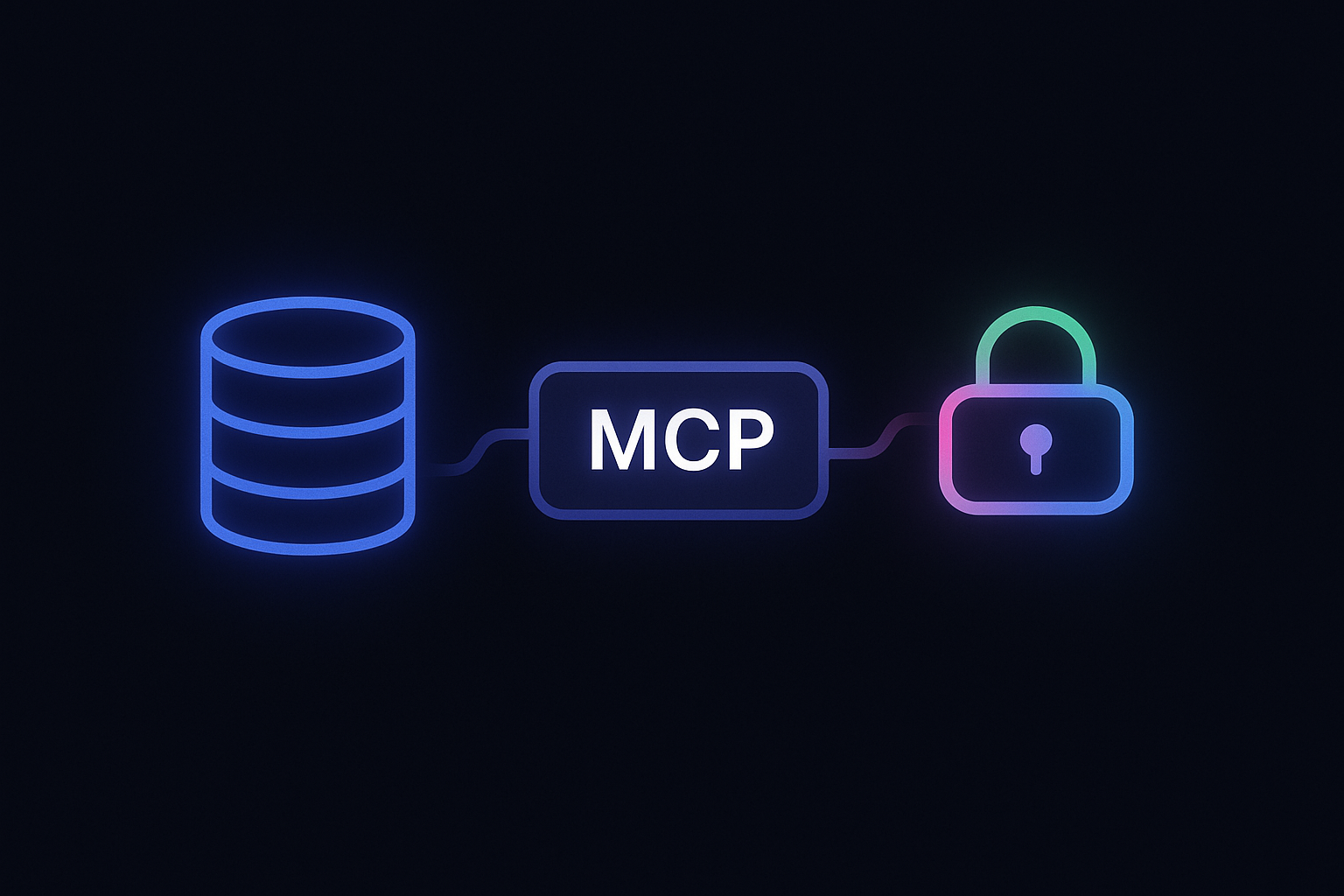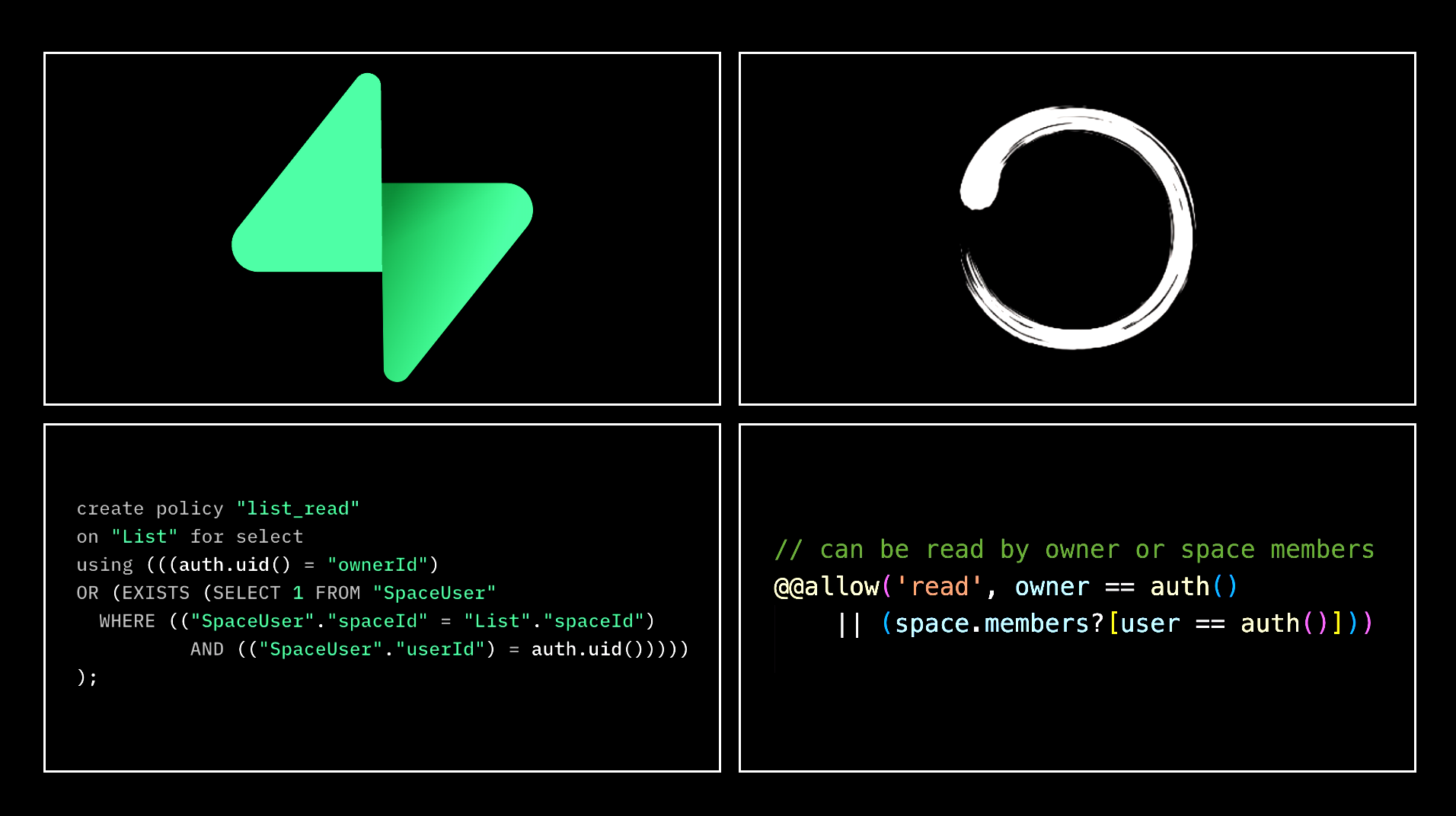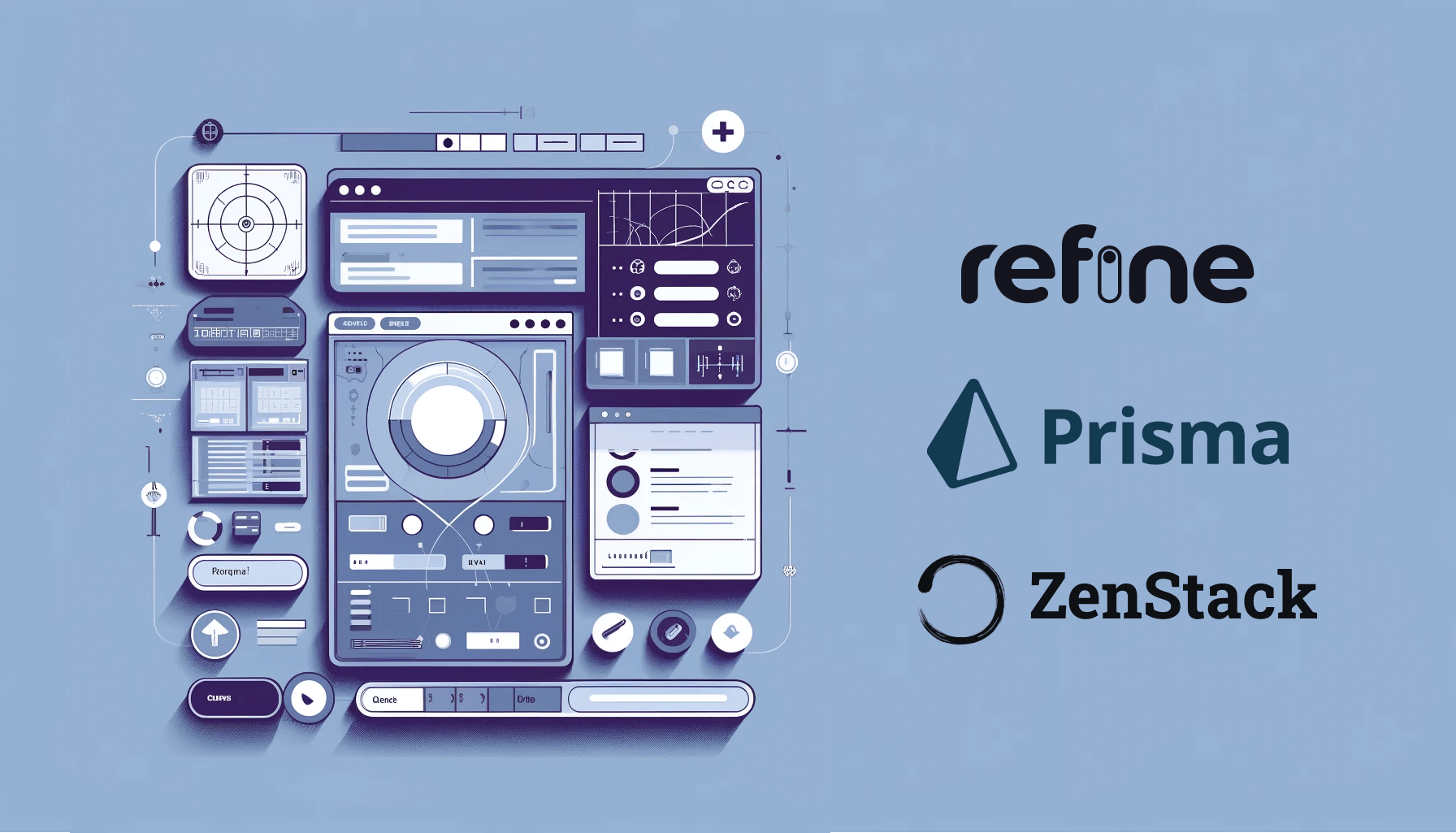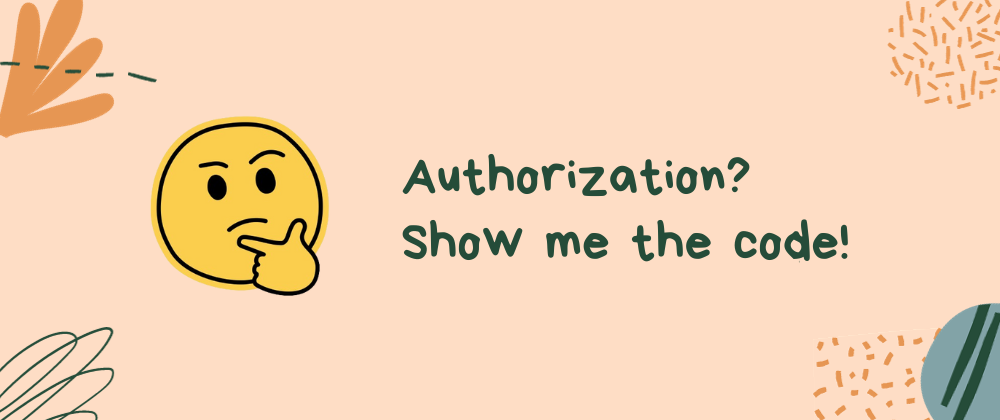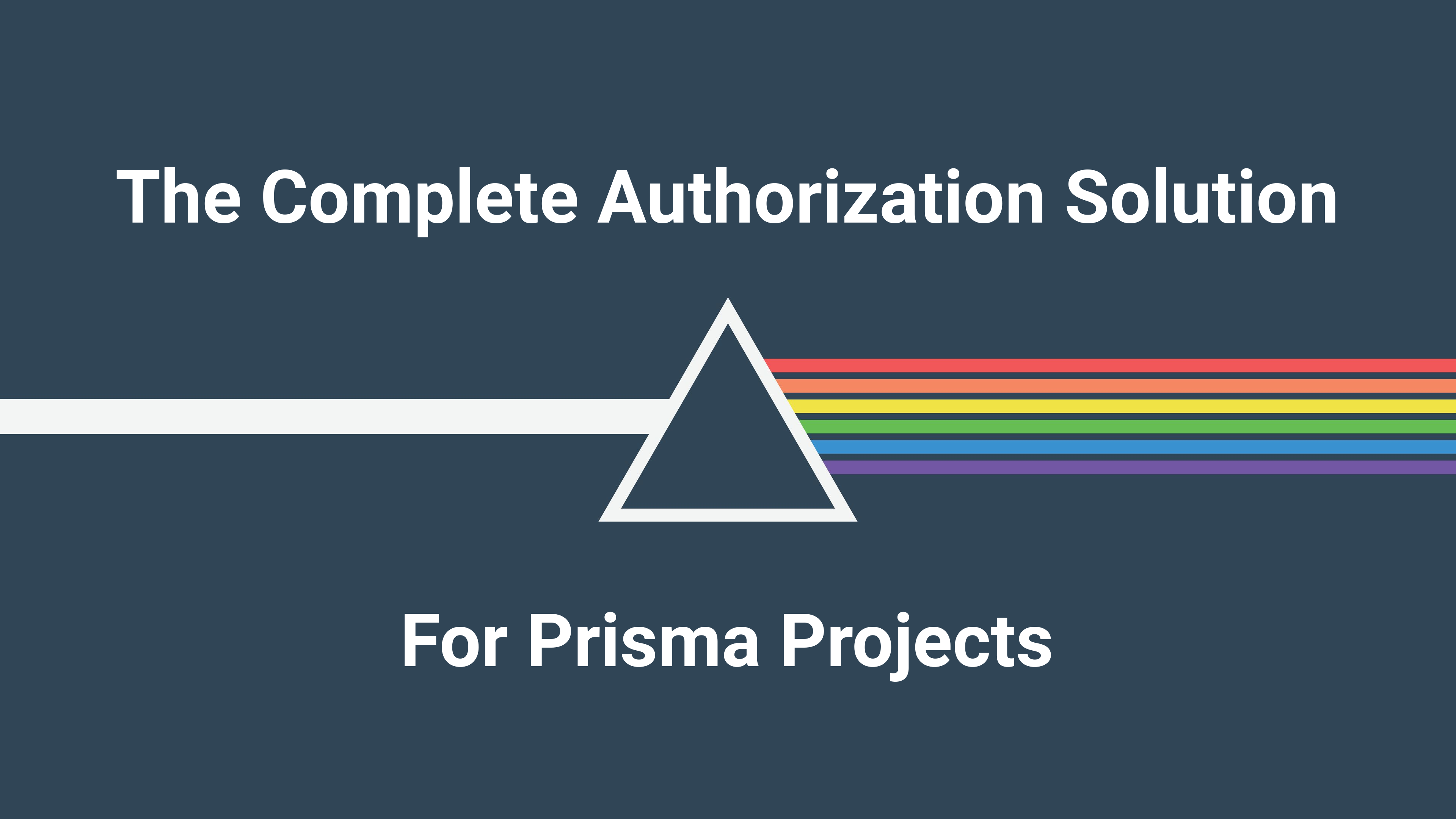
The security of most applications depends on two pillars: authentication (AuthN) and authorization (AuthZ). The former checks if the user is who one claims to be, and the latter governs what one can do in the system.
Authentication is a well-understood problem. After many years of evolution, the industry has summarized clear patterns you can adopt and best practices to follow. You'll find mature libraries and services available for all major programming languages, whether with credentials, magic links, OTP, MFA, or OAuth. Once you settle on a solution, it tends to be stable and rarely needs much change over time.
Authorization, on the contrary, is a whole different story. Concepts like RBAC and ABAC are well-known and widely accepted. However, how to implement them is vaguely defined, leaving developers a lot of room for creativity and mistakes. Authorization is a hard problem because it's often deeply coupled with the unique characteristics of your application, making it hard to have a one-size-fits-all solution.
